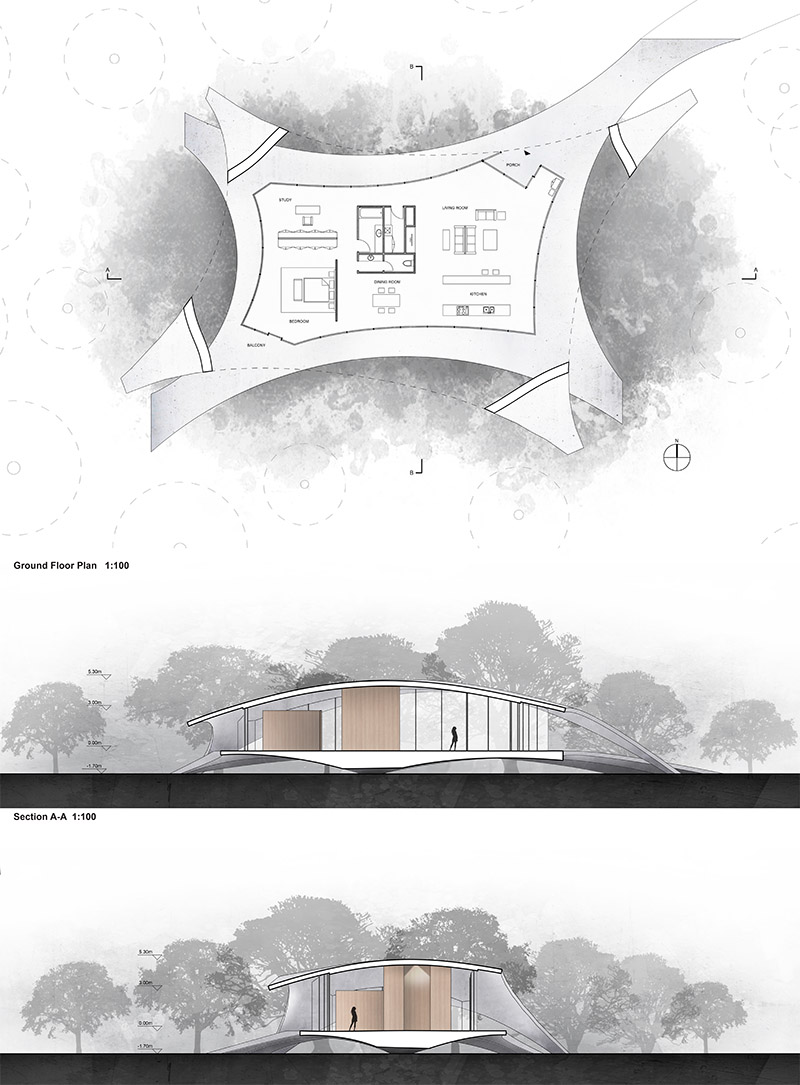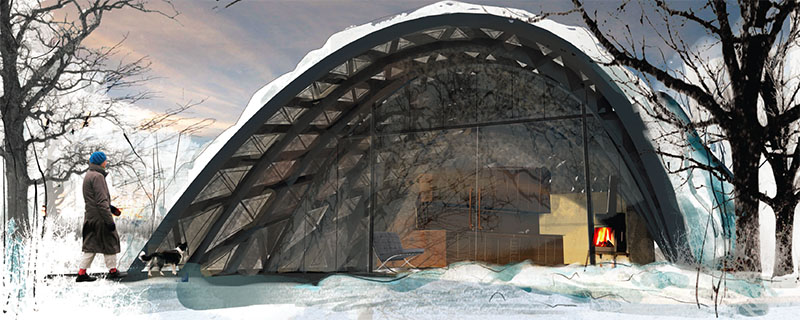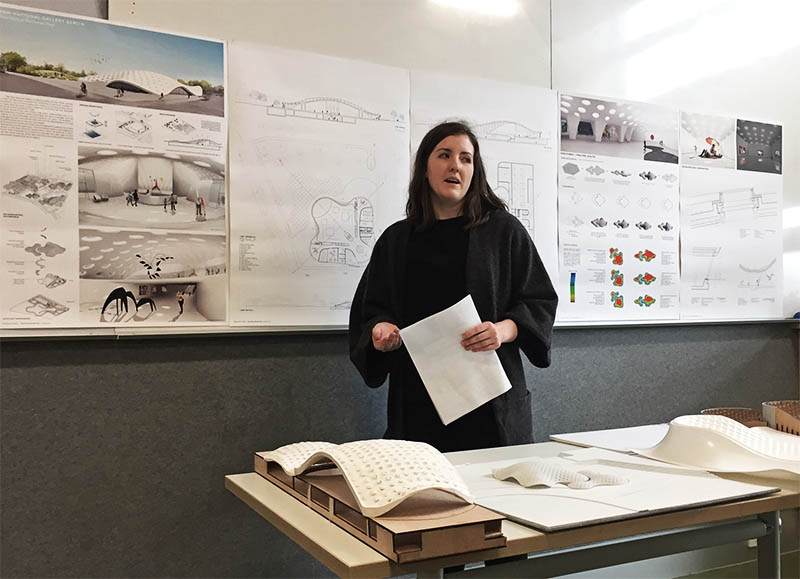The 6th edition of “How virtual becomes real” continued the research into the applications of form-resistant structures. The virtual and the real were synthesised using both physical form-finding and numerical/digital technologies.
The studio began dedicating 4 weeks to numerical & experimental form-finding and fabrication exercises of exemplary case studies. Technology and construction issues of shell and gridshell structures were highlighted throughout the T&L activity. Below you can find a few pictures from the first classes, where the students were asked to find structural form for active-bending timber gridshells and pneumatic shells.








































